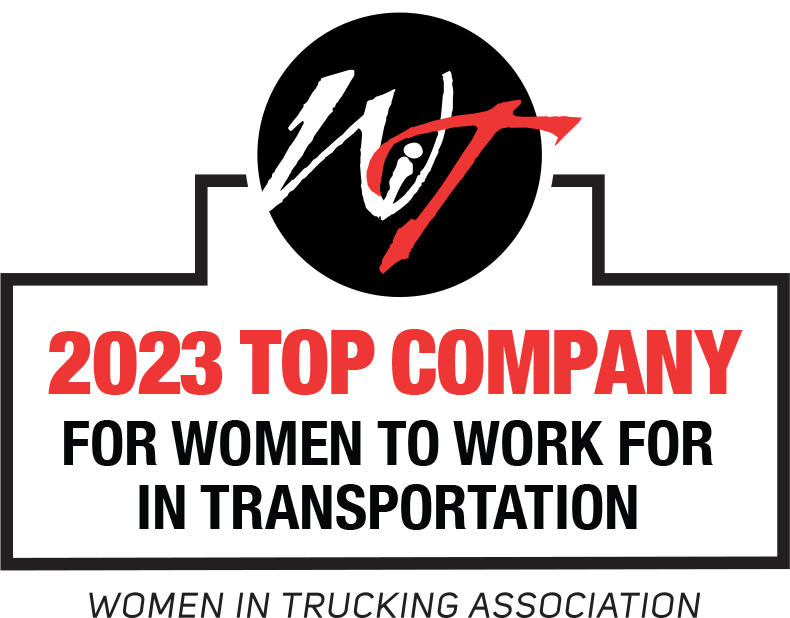It’s almost final exam time for many college students across the country, and we just know you’ve got some serious FOMO.
But never fear. AFS has your back – and the perfect test to help you determine just how much you really know about parcel carriers’ fuel surcharges and how they’re impacting your overall transportation spend.
How long have parcel carriers been applying fuel surcharges?
A. As long as they’ve been in business
B. Since the late 1990s
C. Who knows? Our company doesn’t pay attention to that kind of thing.
B. Since the late 1990s
C. Who knows? Our company doesn’t pay attention to that kind of thing.
Answer: B
UPS and FedEx began using fuel surcharges on a sporadic basis in the late 1990s. However, these surcharges weren’t consistently applied until closer to 2005, around the time that many of their other surcharges were introduced.
Why did parcel carriers introduce fuel surcharges?
A. To help cover their costs when fuel prices were volatile
B. To help improve their service levels
C. To help shippers do a better job of tracking and analyzing all of the elements that go into a parcel spend
B. To help improve their service levels
C. To help shippers do a better job of tracking and analyzing all of the elements that go into a parcel spend
Answer: A
Fuel surcharges were introduced to help parcel carriers offset the effects of sudden or dramatic increases in fuel prices. They were initially intended to help these carriers augment their base rates as needed in order to cover their true fuel costs. But things have clearly evolved since then.
Twenty years ago, carriers applied fuel surcharges . . .
A. For short periods of time – and just as an interim measure
B. During peak season
C. Whenever they felt like it
D. All year
B. During peak season
C. Whenever they felt like it
D. All year
Answer: A
In the past, carriers would only put their fuel surcharges into effect when the fuel market got out of whack. It’s obviously a different story today, because most fuel surcharges remain in effect all year – and year after year.
What resource do most parcel carriers use in order to establish their fuel surcharges?
A. Their intuition
B. The advice of their internal analysts
C. The U.S. Energy Information Administration (EIA) weekly retail fuel prices
D. The Cowen-AFS Freight Index
B. The advice of their internal analysts
C. The U.S. Energy Information Administration (EIA) weekly retail fuel prices
D. The Cowen-AFS Freight Index
Answer: C
Most parcel carriers use the EIA’s On-Highway Diesel per gallon fuel rates to establish their ground fuel surcharges and the EIA weekly per gallon spot prices for U.S. Gulf Coast Kerosene-type jet fuel to establish their air fuel surcharges. They multiply a shipper’s net parcel spend by the latest applicable fuel surcharge rate in order to determine each shipper’s actual additional charges.
True or False: From 2015 to 2020, diesel fuel prices remained relatively stable. But since 2020, those prices have steadily increased.
A. True
B. False
B. False
Answer: A
Unfortunately this is true in a huge way. It’s a primary reason why fuel surcharges are climbing – and why the ground parcel fuel surcharges have ranged from 16% to 20%.
Are parcel carriers’ current fuel surcharges higher than, the same as, or lower than the EIA index increase?
A. Higher than
B. The same as
C. Lower than
B. The same as
C. Lower than
Answer: A
Since October 2021, the EIA’s diesel fuel price index for ground shipments has risen by 51%, while FedEx’s and UPS’s fuel surcharges for ground shipments have increased by 87% and 76% respectively. It’s a similar story with air shipment fuel charges.
Which of the following is causing UPS’s and FedEx’s fuel surcharges to skew higher than the EIA indexes they use?
A. Both carriers are rounding the EIA numbers up
B. Increases to each carrier’s fuel surcharge table that are over and above the EIA index increases
C. Nothing. It’s just a fluke.
B. Increases to each carrier’s fuel surcharge table that are over and above the EIA index increases
C. Nothing. It’s just a fluke.
Answer: B
In November 2021, FedEx and UPS increased their fuel surcharge tables by 1.75% and 1% respectively. Early this spring, both of them increased those tables again by an additional 1.75%.
True Or False: Parcel carriers’ fuel surcharges only apply to base freight charges.
A. True
B. False
B. False
Answer: B
UPS’s and FedEx’s fuel surcharges also apply to many of their other accessorial charges/surcharges, including some that have little to do with fuel consumption. And yes, this does essentially mean that you’re getting hit with a surcharge on top of a surcharge.
What was different about parcel carriers’ 2021 GRI announcements and fuel surcharges?
A. The carriers announced both a high GRI and an increased fuel surcharge
B. The increased fuel surcharges became effective almost immediately rather than taking effect on or after the start of the new calendar year
C. Both of the above
B. The increased fuel surcharges became effective almost immediately rather than taking effect on or after the start of the new calendar year
C. Both of the above
Answer: C
In the past, parcel carriers often offset their high GRIs by adjusting the fuel surcharge tables down, because those GRIs were supposed to account for fuel price increases. But this year UPS’s and FedEx’s fuel surcharges not only remained in place, they got higher. The new fuel surcharge increases also went into effect in early November rather than at the start of the new calendar year, which meant carriers got to begin collecting on them almost immediately, during peak holiday shipping season.
Which of the following could be an effective way for shippers like you to mitigate the effects of parcel carriers’ fuel surcharges?
A. Pass some or all of the increased costs along to customers
B. Negotiate more favorable incentives for core services – or for fuel surcharges
C. Conduct a service level optimization analysis to see if it would make sense to use less expensive parcel shipping services
D. Consider using additional fulfillment center locations that will allow for parcels to cross fewer zones (and incur lower overall parcel shipping costs)
E. Put out a full request for proposal to multiple parcel carriers
F. Ensure that all parcel carrier invoices are accurate by auditing 100% of them
G. All of the above
B. Negotiate more favorable incentives for core services – or for fuel surcharges
C. Conduct a service level optimization analysis to see if it would make sense to use less expensive parcel shipping services
D. Consider using additional fulfillment center locations that will allow for parcels to cross fewer zones (and incur lower overall parcel shipping costs)
E. Put out a full request for proposal to multiple parcel carriers
F. Ensure that all parcel carrier invoices are accurate by auditing 100% of them
G. All of the above
Answer: G
Thankfully the answer is “all of the above.” Although you can’t change the fact that fuel prices are escalating – or that FedEx and UPS seem to be increasing their fuel surcharges more often – there are many pricing, optimization, negotiating and analytical practices you can use to offset them.
Extra Credit Question: Who should you call if you’d like to do a deeper dive into parcel carriers’ surcharges – or if you need any help exercising any of options above?
A. AFS
B. AFS
C. AFS
B. AFS
C. AFS
Answer: A, B and C
When it comes to keeping a lid on your parcel costs – and improving your parcel performance, AFS is always the right answer. Drop us an e-mail at [email protected] if you’d like to receive notes from our recent fuel surcharge webinar or give us a call to discuss how we can help you do a better job of mitigating fuel surcharges and other parcel pain points.









